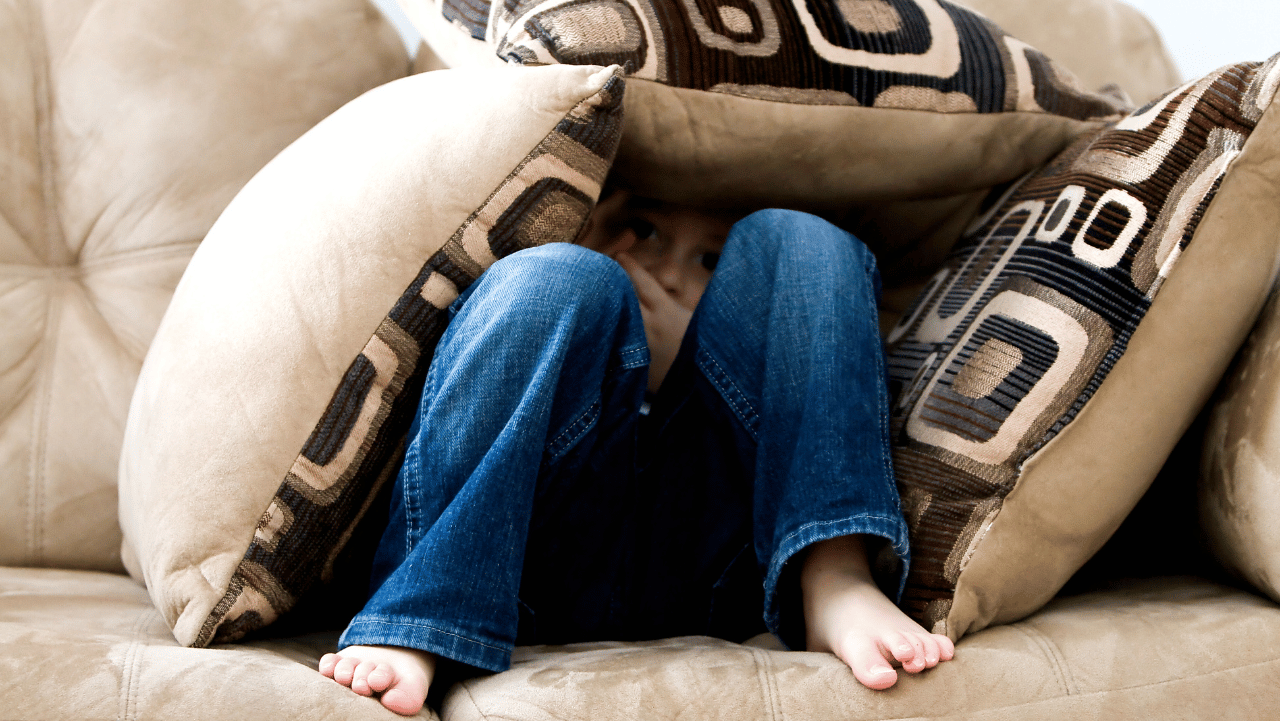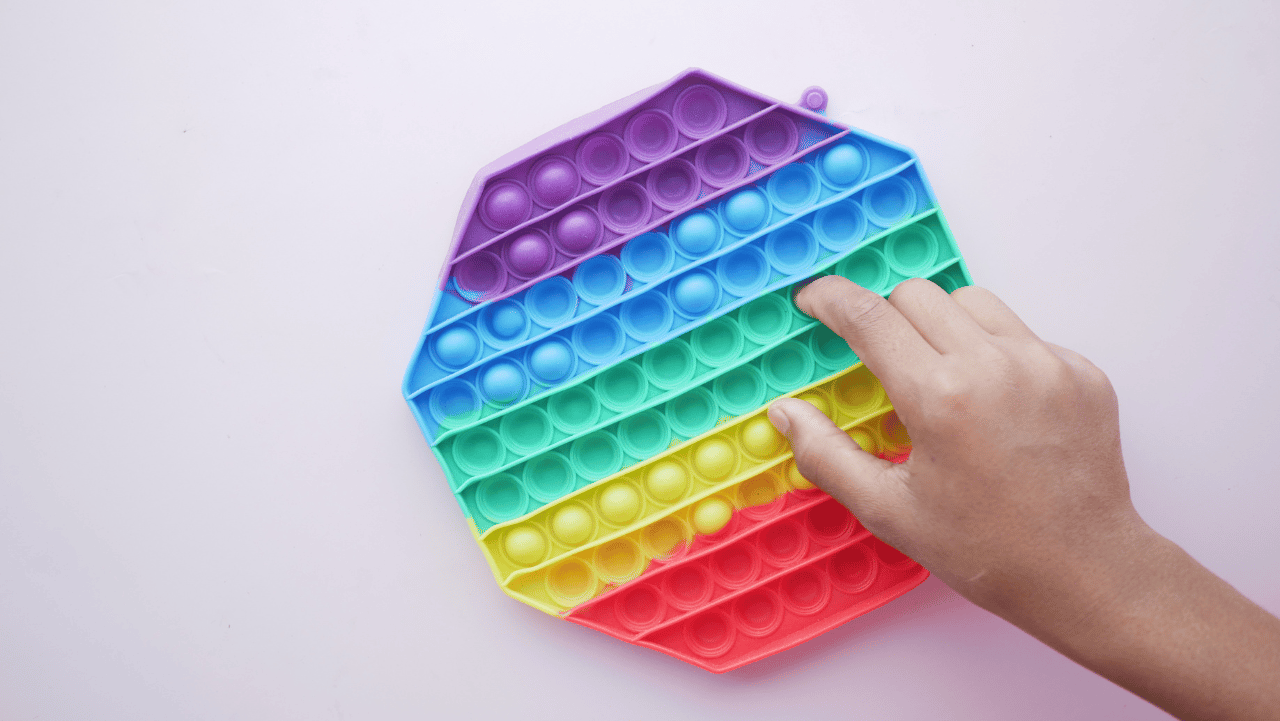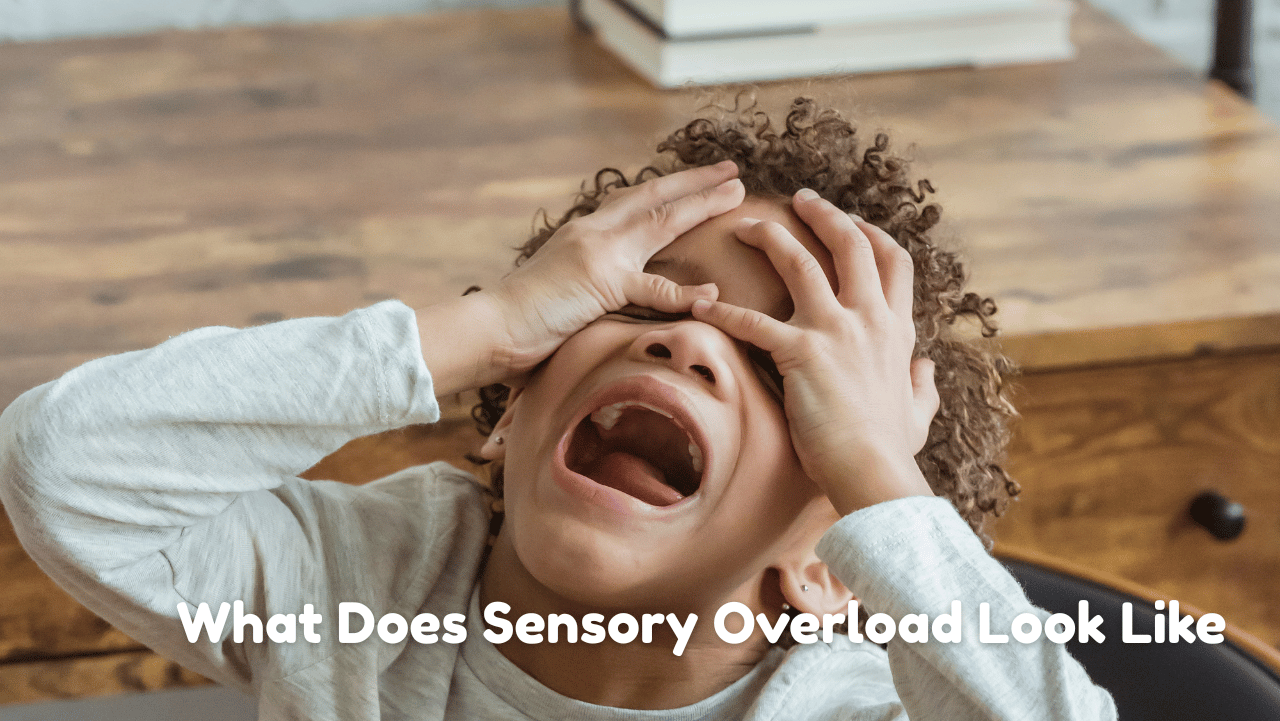I can go into a store, find what I am looking for, pay, and exit without much fanfare. However, for someone suffering from sensory overload, the air loudly hums with people talking and the sound of machines or trucks. Now amplify that feeling tenfold. This is an assault on the brain, a feeling of being bombarded by the overwhelming barrage of sensory information, a glimpse into what it means to be suffering from sensory overload. It’s more than just being annoyed by noise or finding bright lights bothersome.
It is a state in which the senses, sight, sound, smell, taste, touch, and even balance are assaulted by more stimuli than the nervous system can handle. It can be overwhelming, leading to physical and emotional symptoms. It does not only occur in children; it also happens in adults.
What Does Sensory Overload Look Like?
Sensory overload can manifest differently for each person, yet some common signs and symptoms occur frequently. One of the main signs is the feeling of being overwhelmed by too much information, often accompanied by feelings of stress, anxiety or panic, which can feel like the brain is being short circuited or a loss of control. It is very hard to concentrate on any one thing as the sensory overload makes the brain jump from one stimulus to the next and causes mental fogginess and confusion. Therefore, the inability to process the environment can cause irritability and agitation and the irritation can be worse as small things become magnified.
In order to cope, people with sensory overload will often show avoidance behaviors, such as finding quiet, dark places, covering their ears or eyes or withdrawing from others. This state of stress can also have physical manifestations like headaches, muscle tension, nausea, a racing heart, and change in breathing. In more severe cases, the sensory overload can lead to a total shutdown where a person is unresponsive or, conversely, a meltdown that can include emotional breakdown, crying, or even aggressive behaviors.
People may also develop a greater sensitivity to things that would not normally bother them, such as tags on clothing, the texture of food or fluorescent lighting, which can become very irritating or even painful. It is not at all rare for parents to seek help in managing behavior of autistic children.
There are generally difficulties with filtering information, where the brain cannot distinguish between important and unimportant stimuli, and it treats all stimuli with the same level of urgency, which in turn contributes to the overall feeling of being overwhelmed.
Who Experiences Sensory Overload?
Sensory overload can be felt by anyone, but individuals with certain conditions may experience it at lower thresholds, including:
Children With Autism Children with ASD
Kids with Autism Spectrum Disorder commonly experience sensory sensitivities and overload. According to Autism Speaks, individuals with autism may have sensitivities to sight, sound, smell, touch, taste, touch and balance. Dealing with sensory overload in autistic children is not a simple task, thus it is not unusual for parents to look for assistance with handling behavior of autistic children.
Attention Deficit or Hyperactivity Disorder (ADHD)
These children have trouble filtering out different stimuli so they are also more prone to sensory overload.

Sensory Processing Disorder (SPD)
It is a condition that involves problems with processing sensory information and it can cause either over- or under-responsiveness.
Anxiety Disorders
Anxiety can make the perception of sensory stimuli worse, and thus increase the chance of overload.
Migraine Sufferers
As a migraine sufferer myself, I find that bright lights intensify the pain. People with migraines are also usually sensitive to sound.
Ways to Navigate a Sensory-Rich World
It can be hard to know if a child is experiencing sensory overload or if they are just tired or hungry, as crying can be a sign of either. Therefore, it is the first step in creating an inclusive environment to understand what sensory overload looks like. Recognizing the specific signs in ourselves and others is the best way to help.
Here are some ideas for creating a supportive environment for younger children who are often unable to communicate their needs:
Creating Calm Spaces involves establishing peaceful areas that people can enter when their emotions become too intense. It is helpful to identify locations outside your home for future retreat needs when you are away from home. A peaceful park along with a tranquil museum could be good locations for this purpose.

Sensory Tools include fidget toys together with noise-canceling headphones and weighted blankets that help people control their sensory input. Check these tools first because some of them have the potential to create more stimulation than what you need. The National Autism Society provides an excellent reference which contains recommended tools for use.
The process of gradual exposure to potentially overwhelming environments through controlled steps helps people build tolerance. Parents should introduce new foods and sounds and smells in the comfort of their home environment before taking their children to new settings. Routines that are predictable serve as an effective tool to minimize anxiety while protecting against sudden sensory input. Scheduling daily activities creates a framework that helps maintain consistency and management. Early morning visits to shopping centers provide an opportunity to take your sensory sensitive child when stores remain less crowded.
Creating a community that supports sensory sensitivity requires both open communication and understanding between people.




